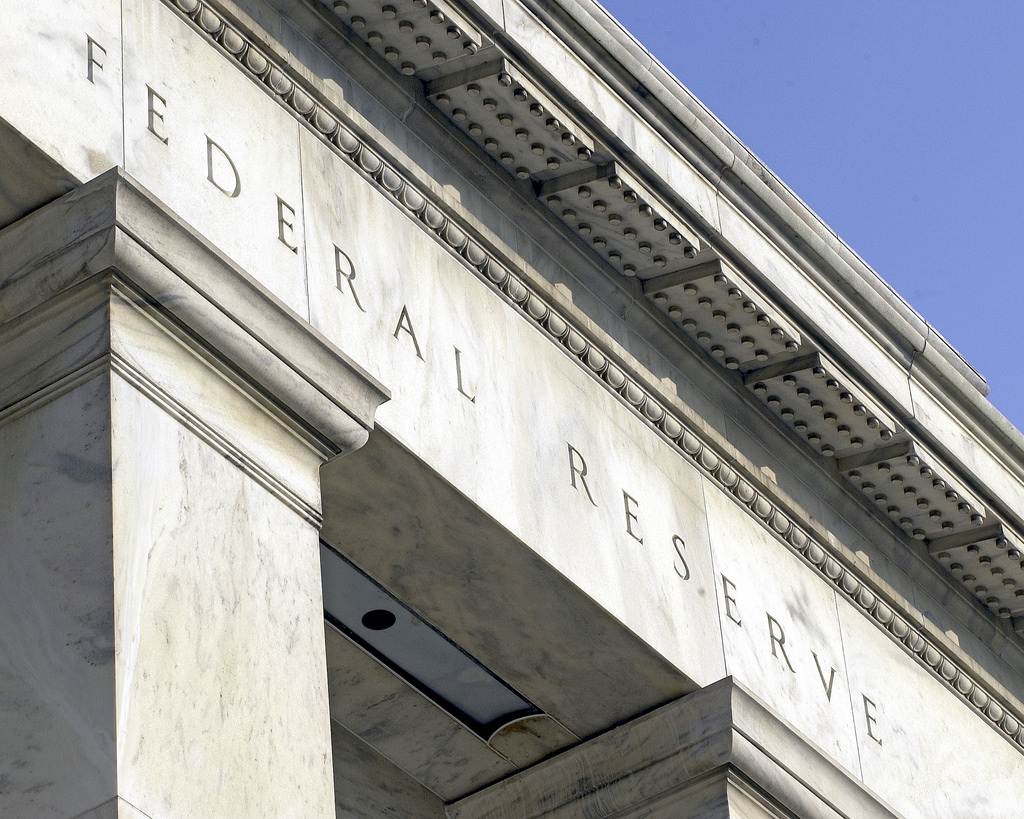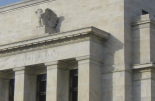BlackRock: Fed zal rentes lang laag houden
BlackRock: Fed zal rentes lang laag houden

De Amerikaanse Federal Reserve zal de rentes lang laag houden, waarschijnlijk tot 2022, om de economie te ondersteunen bij het herstel van de coronacrisis. Maar daarnaast moet er wel hulp komen vanuit de overheid: monetaire maatregelen alleen zijn onvoldoende. Dit zegt Rick Rieder, BlackRocks Chief Investment Officer voor obligaties wereldwijd na de verklaring van de Fed gisteren.
Hieronder vindt u zijn volledige reactie.
- Since late April, when the FOMC last met, a lot has changed: financial conditions have improved, the labor market began to recover from the economic shock related to lockdowns, and the central bank’s crisis rescue actions have worked to improve the flow of credit.
- That said, the Fed is still rightly concerned about the massive shock to employment, inflation and growth prospects, and the central bank has committed to keeping policy rates low for a very long period and continuing QE “at least at the current pace.”
- This strikes us as an appropriate policy mix, but critical areas for the Fed to remain focused on are the Main Street lending program and further assistance to State and Local municipalities.
- Finally, as Fed Chair highlighted in the press conference, a greater degree of help from fiscal authorities would aid the economy a great deal, as monetary policy by itself isn’t sufficient.
The Fed Maintains Its Flexibility, but Will Continue to Robustly Support the Recovery for a Long Time
'A lot has changed since the FOMC last met in late April. Since then, financial conditions have improved, the labor market began to recover from the economic shock related to the coronavirus lockdowns, and the central bank’s crisis rescue actions have worked to improve the flow of credit to households and businesses. As a result of this evolving economic landscape, today’s FOMC statement required some modest changes to its first two paragraphs, although the basic rate guidance remained largely the same. One notable change to the statement this month [emphasis is ours] was the inclusion of the statement that “over coming months the Federal Reserve will increase its holdings of Treasury securities and agency residential and commercial mortgage-backed securities at least at the current pace to sustain smooth market functioning, thereby fostering effective transmission of monetary policy to broader financial conditions.” That language parallels expressions that Chair Powell and other Fed leaders have been using in recent speeches, and it underscores the Fed’s strong commitment to keeping the financial and economic gears turning properly.
Further, the Summary of Economic Projections (SEP) from the Committee returned this month, and it highlights both the drastic extent of the economic damage done by the economic stoppage of the past few months, and the fact that the Fed anticipates holding policy rates at currently low levels for a long time to come (at least through the end of 2022, by current estimates). In the press conference, Chair Powell emphasized that this meeting involved a further discussion of monetary policy tools, what policy actions might come next to aid the recovery in labor markets and bring inflation closer to target levels, and he also emphasized the need for the Fed to continue to gather more information on the state of the recovery and potential risks to it.
One important piece of economic information came out this morning with the release of the May Consumer Price Index data, which witnessed a decline in the headline and core CPI figures over the month due to the demand destruction resulting from the coronavirus lockdowns. Stepping back to look at the data, core CPI remained at relatively firmer levels over the year, while still decelerating on the month, and headline CPI weakened further. In fact, May’s headline CPI data printed at roughly -0.1% month-over-month and came in at 0.1% year-over-year. Further, core CPI (excluding volatile food and energy components) also came in at -0.1% month-over-month, and was 1.2% year-over-year, with weakness driven by motor vehicle insurance, apparel and lodging. Additionally, the Fed’s favored measure of inflation, Core PCE, lost -0.4% in April, bringing the year-over-year figure for the measure to 1.0%, as of that month. Finally, another measure that’s worth looking at, the Dallas Fed’s trimmed mean measure of PCE inflation, printed at 1.9% year-over-year in April. While this significant deceleration in inflation can seem worrying to policy makers and markets, there’s also a danger in merely extrapolating recent trends, and we think 2020’s broadly deflationary influences may well lead to somewhat higher rates of inflation (though not excessive levels) in 2021.
As both inflation data and employment numbers carve out a bottom in the coming months and begin to recover, we think it will continue to be critical for the Fed to focus on bolstering its lending and stabilizing initiatives. Some critical areas of focus are likely to be the Main Street lending program (which recently saw some positive adjustments to expand its role) and further assistance to State and Local municipalities. In addition, it’s possible that the Fed may move closer to a form of longer-term forward guidance in keeping rates at very low levels for an extended period of time, and potentially until inflation reaches an average level of increase that is above the 2% target for an extended period.
In terms of how long the Fed anticipates the recovery to necessitate meaningful policy accommodation, it’s useful to look at the Committee’s SEP assumptions. Specifically, while the median Committee member view implies that both the GDP growth rate and the unemployment rate improve decently in 2021, the fact is the Fed doesn’t foresee inflation returning close to target levels until 2022, and even then, it is still expected to undershoot. That suggests that policy rates are likely to remain extraordinarily low for a very long period, as the economy slowly reopens and recovers from the pandemic shock. It’s also clear that the Fed Chair believes that a greater degree of help from fiscal authorities would aid the economy a great deal, and that monetary policy by itself isn’t sufficient.'







